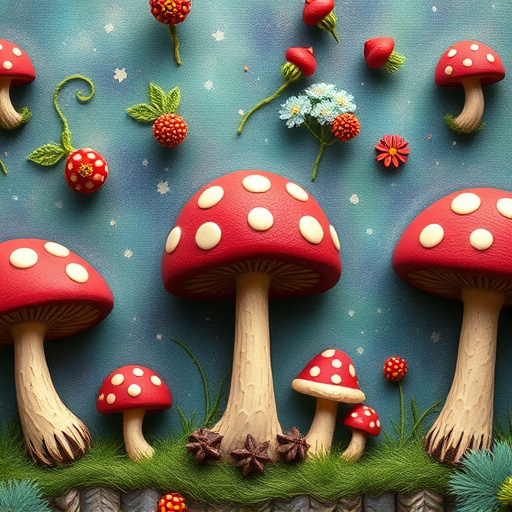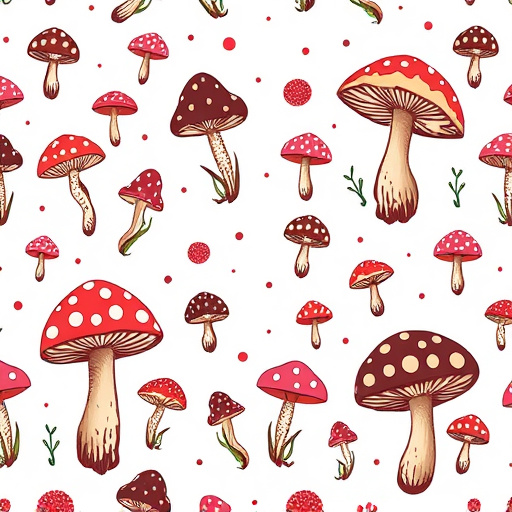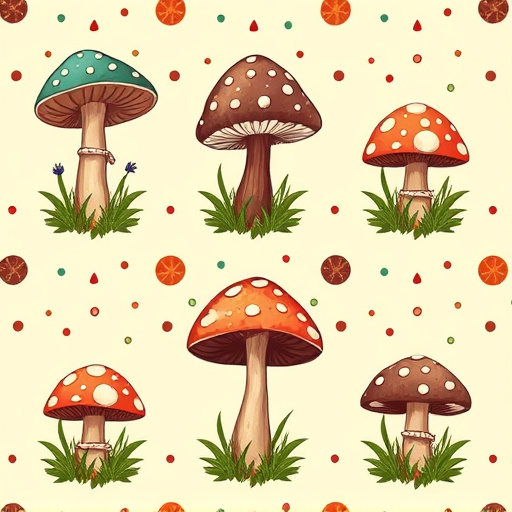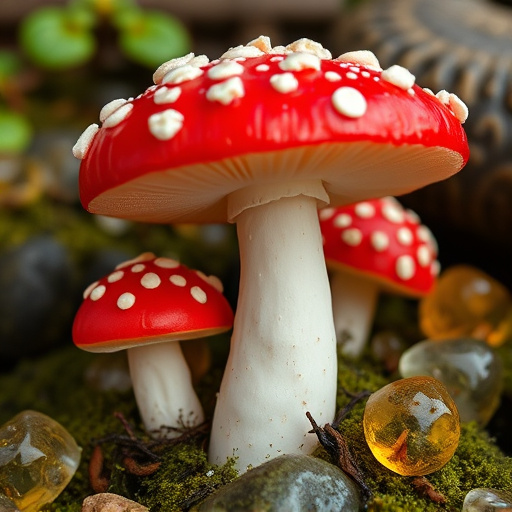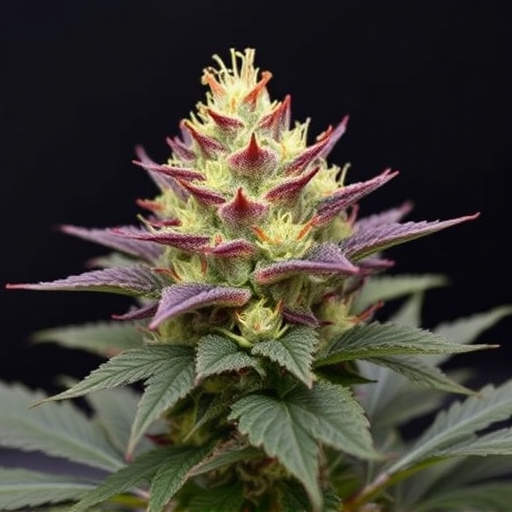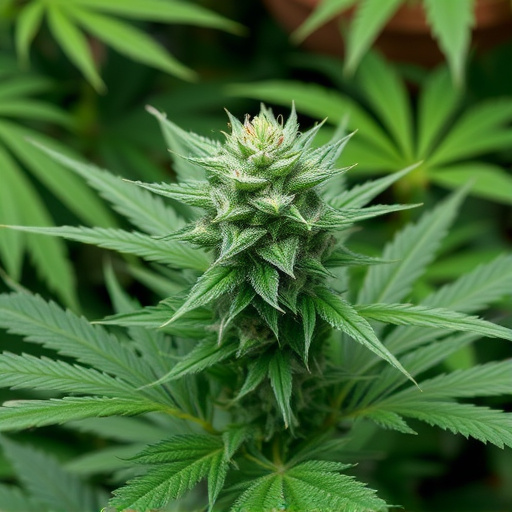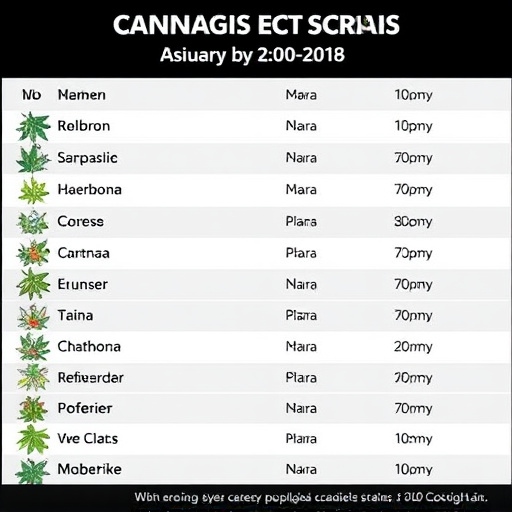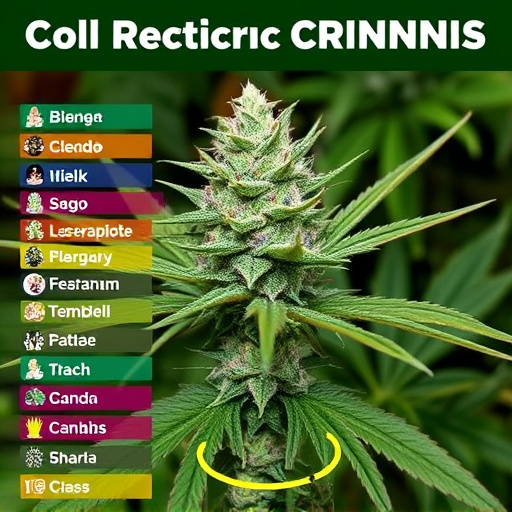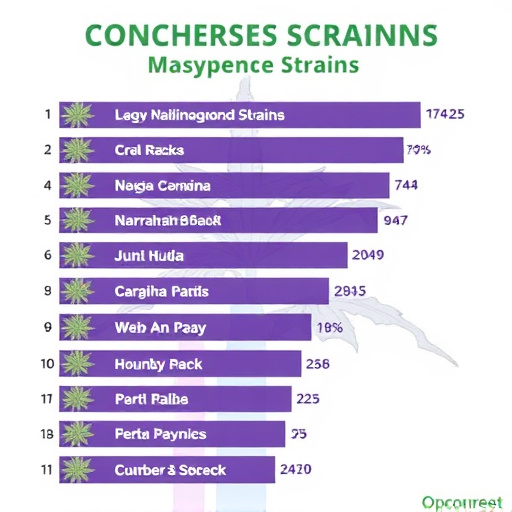Visual cues like mold patches, discoloration, texture changes, and musty odors indicate spoiled or expired cannabis. Aromas, flavors, and taste testing are crucial for identifying freshness. High-THC strains like Blue Dream and Girl Scout Cookies are prone to mold due to their dense nature, while CBD-rich Charlotte's Web retains freshness longer but loses terpenes over time. Regular users should stay vigilant about these signs to ensure they consume high-quality, fresh most popular cannabis strains.
Unsure if your weed is still fresh? Discover the subtle signs of moldy or expired cannabis, a common issue that can affect even the most popular cannabis strains. This guide breaks down visual indicators, aroma and taste tests, and strain-specific issues to help you navigate quality control. Learn how to spot the telltale signs and ensure you’re getting the best bang for your buck when it comes to your favorite herbs – no matter which popular strain tempts your taste buds.
- Visual Indicators of Moldy Weed
- Aroma and Taste Tests: Detecting Expired Cannabis
- Common Strain-Specific Issues and Their Impact on Quality
Visual Indicators of Moldy Weed
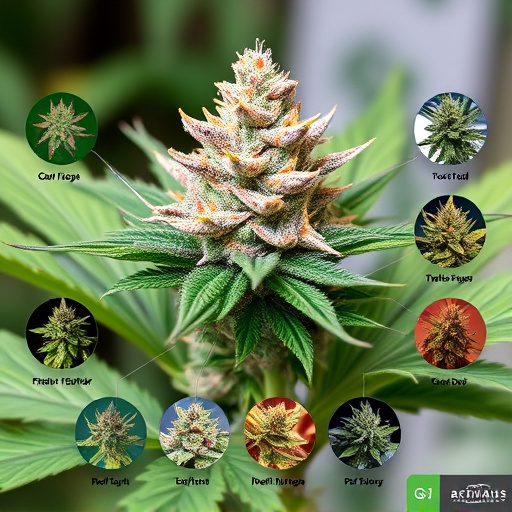
The visual indicators of moldy weed are essential for cannabis enthusiasts and growers to recognize, especially considering the popularity of various cannabis strains. Moldy or expired weed often appears with distinct physical characteristics that can alert users to its condition. One of the most obvious signs is visible mold growth, which may manifest as white, black, or green patches on the bud’s surface. This mold can range from a powdery substance to more substantial, fuzzy colonies.
Additionally, moldy cannabis may exhibit discoloration, with shades of brown, gray, or yellow replacing the vibrant greens and oranges typically associated with high-quality buds. The texture also changes; it might feel sticky, dry, or even crusty to the touch. A musty, earthy odor is another common indicator, often described as a pungent, off-putting scent that differs from the pleasant aromas of most popular cannabis strains. These visual and olfactory cues are critical in determining whether weed is safe for consumption and ensuring a positive experience for those enjoying its effects.
Aroma and Taste Tests: Detecting Expired Cannabis
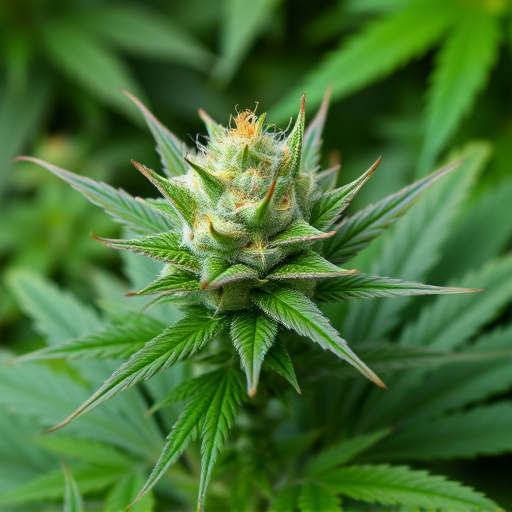
The smell and taste of cannabis can offer valuable insights into its freshness and quality, especially when it comes to discerning between moldy or expired weed. The most popular cannabis strains are often sought-after for their distinct aromatic profiles and nuanced flavors. However, as time passes, these characteristics can begin to deteriorate. An off, dull, or muddied aroma might indicate that the plant material is no longer optimal. It’s important to pay attention to any musty, earthy, or moldy scents, which could be signs of spoilage.
When it comes to taste testing, expired cannabis may exhibit a less intense and more muted flavor profile compared to its fresher counterparts. The most popular strains known for their robust and complex tastes can lose these defining characteristics over time. If the weed lacks the expected punch or exhibits an unusual, unpleasant aftertaste, it’s a strong indicator that it has gone bad. Regular users of cannabis are advised to stay vigilant about these sensory cues to ensure they’re consuming high-quality, fresh products.
Common Strain-Specific Issues and Their Impact on Quality

Different cannabis strains often come with unique challenges when it comes to signs of mold or expiration. While many factors contribute to quality degradation, certain strains are more susceptible than others due to their genetic makeup and cultivation practices. For instance, high-THC strains like Blue Dream and Girl Scout Cookies, popular among cannabis enthusiasts, can quickly show signs of aging or contamination if not properly stored. Their dense flowers and high moisture content make them ideal breeding grounds for mold.
Conversely, strains with a lower THC content, such as CBD-rich options like Charlotte’s Web, may appear to remain fresh longer but can still suffer from issues like oxidation and degradation of terpenes over time. Terpenes, responsible for the distinct aroma and flavor profiles, play a significant role in the overall sensory experience. As these compounds evaporate, the weed may lose its appeal, impacting both taste and potency. Understanding strain-specific vulnerabilities is crucial for consumers aiming to maintain the best quality and enjoyment of their cannabis products.
When it comes to ensuring top-quality cannabis, being able to identify moldy or expired weed is paramount. By understanding visual indicators, relying on sensory tests, and being aware of strain-specific issues, consumers can make informed decisions and avoid subpar products. Staying vigilant with these signs ensures that you’re getting the freshest and most effective doses from among the most popular cannabis strains available.


